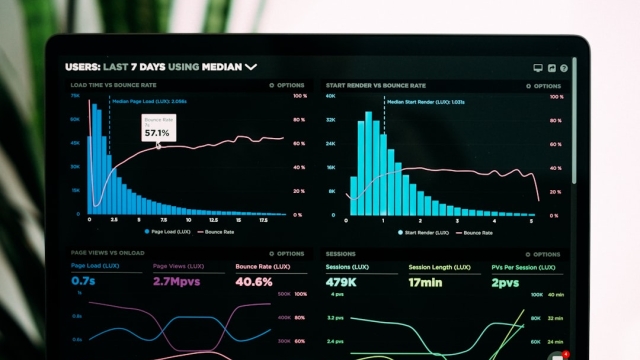Blockchain technology has emerged as a transformative force across various industries, redefining the way we think about data integrity, security, and decentralization. By enabling a distributed ledger system where transactions are recorded in a secure and tamper-proof manner, blockchain has opened up new avenues for innovation and efficiency. This article delves into the essential aspects of blockchain development, including its core principles, programming languages and tools used in the field, and the real-world applications that showcase its potential.
Understanding Blockchain Technology: Basics and Principles
At its core, blockchain technology is a decentralized digital ledger that records transactions across multiple computers. This decentralization ensures that no single entity has control over the entire chain, thereby enhancing the security and transparency of the data. The fundamental principles of blockchain include:
– Decentralization: Unlike traditional databases that are controlled by a central authority, blockchains operate on a network of nodes, distributing control and reducing the risk of data manipulation. – Immutability: Once a transaction is recorded in a block, it cannot be altered without the consensus of the network, ensuring data integrity. – Transparency: All participants in the blockchain network can access the same data, promoting trust among users. These principles make blockchain an attractive solution for sectors ranging from finance to supply chain management, as organizations seek secure and efficient methods to handle transactions and data sharing.
Key Programming Languages and Tools for Blockchain Development
To develop blockchain applications, developers utilize a variety of programming languages and tools tailored to the unique requirements of blockchain technology. Some of the most commonly used programming languages include:
– Solidity: This language is specifically designed for writing smart contracts on the Ethereum blockchain. Its syntax is similar to JavaScript, making it accessible for many developers. – Go: Known for its efficiency and performance. Go is often used in blockchain projects due to its ability to handle concurrent processing and its clean syntax. – JavaScript: As a versatile language. JavaScript is used in many blockchain projects, particularly for building user interfaces and integrating with blockchain networks. In addition to programming languages, various tools and frameworks support blockchain development:
– Truffle: A development framework for Ethereum that provides tools for compiling, deploying, and testing smart contracts. – Ganache: A personal blockchain for Ethereum development that allows developers to deploy contracts, develop applications, and run tests. – Hyperledger Fabric: An open-source framework designed for building enterprise-grade blockchain solutions, providing modular architecture and a range of features. Developers interested in blockchain development can find numerous resources, tutorials, and community forums to enhance their learning and skills in these languages and tools.
Real-World Applications and Trends in Blockchain Development
Blockchain technology is not merely theoretical; it has practical applications that are transforming industries. Some of the notable real-world applications include:
– Cryptocurrencies: Digital currencies like Bitcoin and Ethereum leverage blockchain to ensure secure and transparent transactions without the need for intermediaries. – Supply Chain Management: Companies use blockchain to track products from origin to destination, ensuring transparency and authenticity at every step of the supply chain. – Healthcare: Blockchain can securely store patient records, allowing for better data sharing among healthcare providers while ensuring patient privacy. As organizations continue to explore the capabilities of blockchain, several trends are emerging in the field of blockchain development:
– Increased Focus on Interoperability: As multiple blockchain networks evolve, the ability to interact and share data across different systems is gaining importance. – Regulatory Compliance: As blockchain applications become more mainstream, adherence to regulations and standards is becoming a critical focus for developers and businesses. – Decentralized Finance (DeFi): The rise of DeFi applications is reshaping financial services, enabling users to lend, borrow, and trade without traditional banking intermediaries. As businesses leverage blockchain technology to innovate and solve complex problems, the landscape of blockchain development will continue to evolve, offering exciting opportunities for developers and organizations alike.
| Aspect | Description |
|---|---|
| Decentralization | No single entity controls the data |
| Immutability | Transactions cannot be altered |
| Transparency | Data is accessible to all participants |
| Smart Contracts | Automated contracts executed on the blockchain |
In summary, blockchain development represents a significant paradigm shift in how we manage data and transactions. By understanding its core principles, utilizing the right tools and languages, and recognizing its diverse applications, businesses can harness the power of blockchain to drive innovation and efficiency. For those looking to explore more about blockchain development and its implications, numerous resources are available at [BlockNews](https://blocknews.com).






